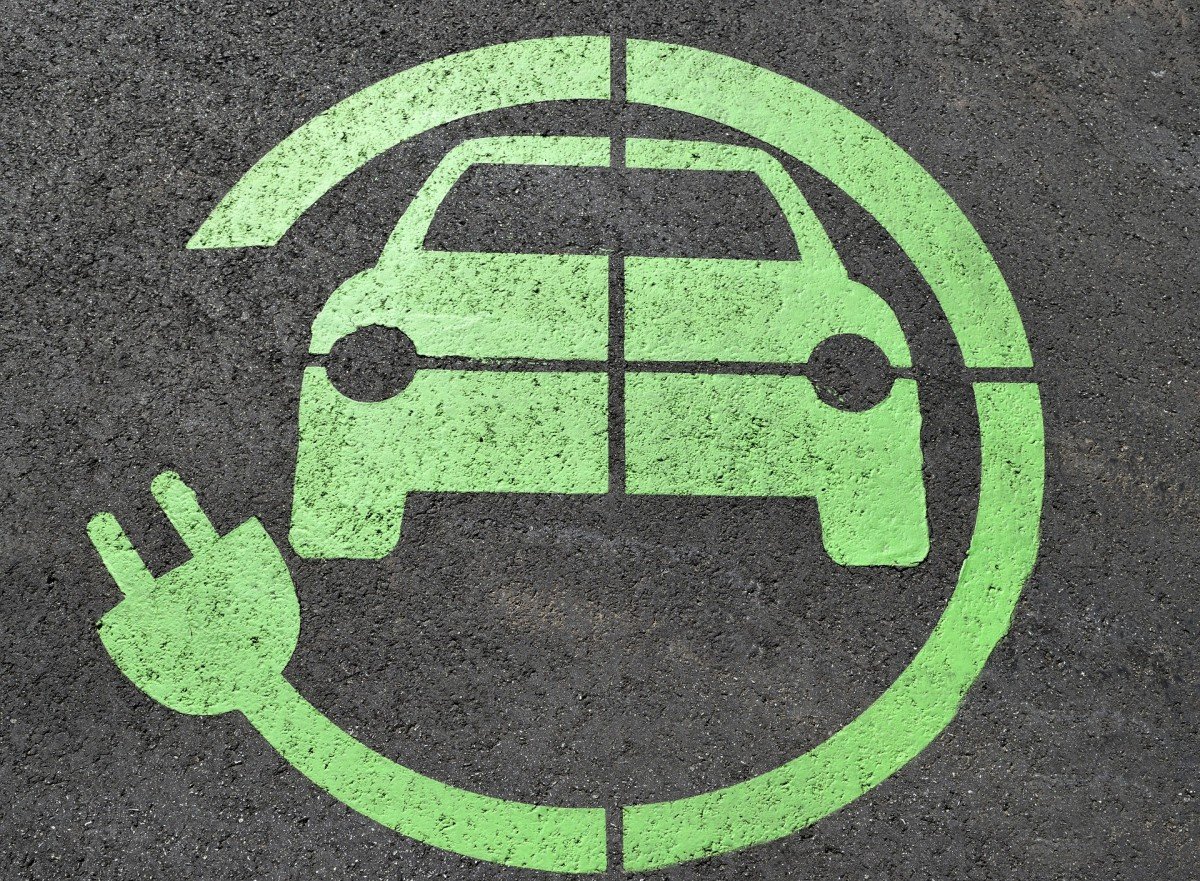
Lower costs have always led to major breakthroughs in the automobile industry.Think about the T Ford for instance, the first car for a wider public; the Volkswagen Beetle; or the Citroën 2CV (deux chevaux). A lot of people become overjoyed when they get to drive a Ferrari or a Lamborghini, but in the end it’s the cheaper models which turn out to be far more influential. This is one of the most important things that remains lacking in electric cars according to Isabel Wagner from the Statista research agency, as she states in the study ‘An overview of the electric car industry and associated technology’.
Download: study_id62346_statista-dossierplus-on-the-electric-car-industry (1).
In itself, the production of an electric car is much easier than that of a petrol, gas or diesel car. There are far fewer moving parts inside of it. Wear and tear on the engine is hardly an issue. The main drawback is the battery, for a major breakthrough it is still too expensive and has too little capacity. As a result, there are no models available that are both cheap and which can travel long distances on a single battery charge.

Battery costs
Research from Wagner shows that about 50 percent of the cost of an electric car is in the battery. These costs have to be reduced, while at the same time capacity must be increased. In the meantime, the environmental friendliness of the battery needs to be guaranteed. Why else would you drive an electric car?
For more information about electric cars, also see our archive:
Many people will remember the incidents in 2016 with exploding lithium-ion batteries in Samsung products. Tesla has had similar problems. These incidents have led to a lot of tests subsequently being carried out involving the addition of cobalt, manganese, nickel and graphite amongst other things. With success, as the batteries have become more stable. The annoying thing is that these are not exactly the cheapest and most environmentally friendly raw materials. Moreover, they are sometimes extracted under appalling conditions. For example, think about the sometimes inhumane conditions in African cobalt mines.
Yet, despite all of these problems, the cost of batteries has fallen considerably according to Mayer’s figures:
Costs per kilowatt hour (kWh) were in:
- 2010: $1000
- 2013: $599
- 2016: $273
- 2019 (estimate): $158
Longer range
For Mayer, this is cause for optimism. She sees the gap getting smaller and smaller between electric cars and cars with an internal combustion engines. This applies to the range as well as the costs.
Average distance that one battery is expected to cover:
- 2020: 300 kilometer
- 2025: 380 kilometer
- 2030: 440 kilometer
The Netherlands, charging port champion
However, you won’t get there just with better electric cars. A solution also needs to be found for the scarce recharging infrastructure. Although some improvements may have been made in the area of charging stations, according to surveys it is still not enough to convince people en masse to switch over to electricity.
China is leading the way in terms of charging stations in absolute numbers. But the Netherlands is best when it comes to range if you look at the charging stations per road surface kilometer.

Number of recharging stations per 100 kilometres of paved road:
- The Netherlands 19,3 km
- China 3,5 km
- United Kingdom 3,1 km
- Germany 2,8 km
- United Arab Emirates 2,5 km
- Japan 2,3 km
- Singapore 2,2 km
- South Korea 2,0 km
- Sweden 1,9 km
- France 1,5 km
- United States 0,9 km
If the charging infrastructure problem is also solved, Mayer thinks that little will stand in the way of the rise in the E-car’s popularity. By 2030, she expects an annual production of 30 million hybrid and 100% electric cars. That would be half of all the cars that would then be made. Of course, this would also have an impact on the entire pool of vehicles.
Estimated number of electric cars on the road, worldwide:
- 2020: 13 million
- 2022: 25 million
- 2024: 40 million
- 2026: 60 million
- 2028: 87 million
- 2030: 127 million
Winners and losers
Who are the winners and losers amongst car manufacturers? According to Mayer, that’s still an unresolved question. Sometimes there are doubts whether the old car giants like Volkswagen, GM, Ford are able to compete with ‘disrupters’ like Tesla or BYD. It is also true that for years, the oldies have had little faith in electro-mobility. However, this attitude now seems to be a thing of the past when you look at the huge sums of money which are currently being invested.
R&D investments in 2018:
- Volkswagen: $15,53 billion
- Daimler: $10,36 billion
- Toyota: $9,58 billion
- Ford: $8,2 billion
- General Motors: $7.8 billion
Ever since 1832
Mayer has compiled a list of some more car revolutions. The very first was an electric one from the Scottish car pioneer Robert Anderson, who developed his “electric carriage” in 1832, just before the Groningen chemist and inventor Sibrandus Stratingh came up with a similar product in 1834. The next revolution ought to be an electric one as well, one with better and cheaper batteries.
- 1832 – Robert Anderson creates the first crude electric carriage
- 1900 – Ferdinand Porsche develops the world’s first hybrid
- 1935 – Gasoline-powered cars force EVs out of the market
- 1996 – General Motors launches the EV1
- 1997 – Toyota releases the Prius – the first mass-produced hybrid car
- 2008 – Tesla Motors launches its Roadster, an all-electric luxury sports car. BYD releases the F3DM – the world’s first plug-in hybrid compact sedan
- 2010 – General Motors introduces the Chevy Volt – the first mass-produced plug-in hybrid;
- 2014 – Nissan releases the all-electric Leaf Nissan Leaf sales surpass the 100,000 unit mark
- 2018 – The Model 3 becomes Tesla’s best-selling model

